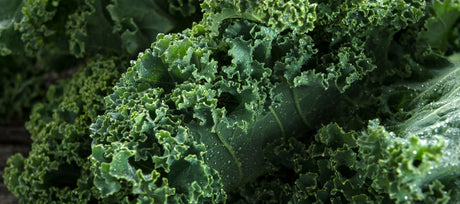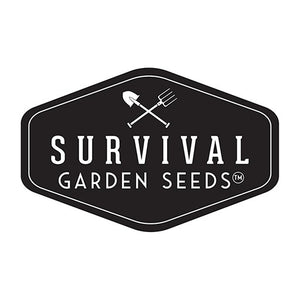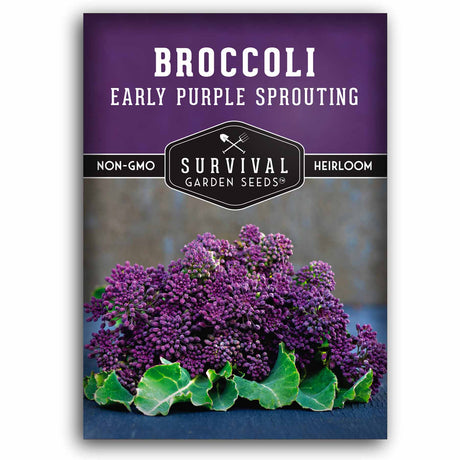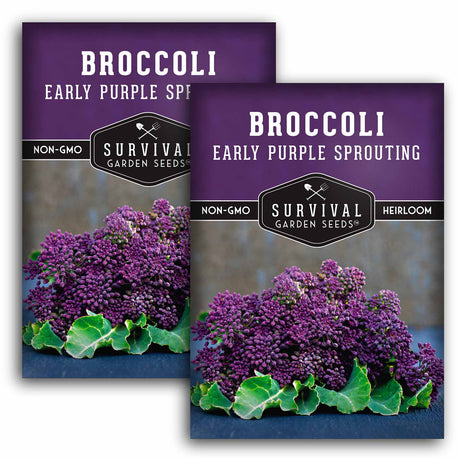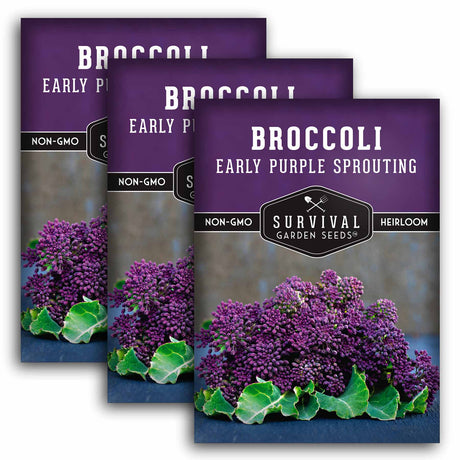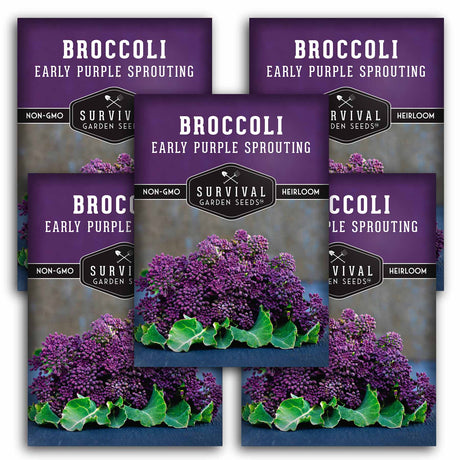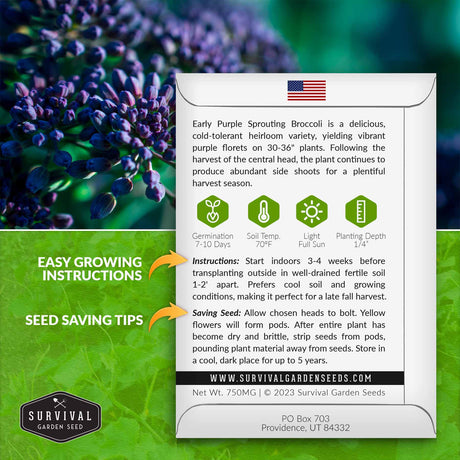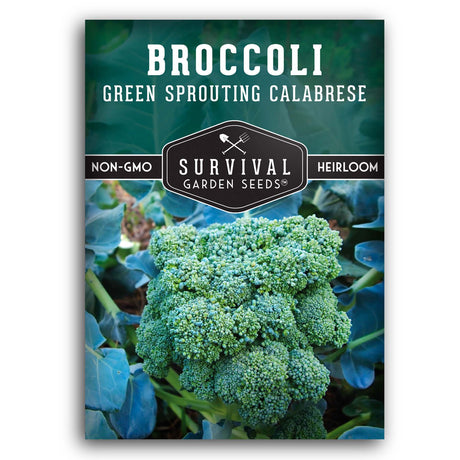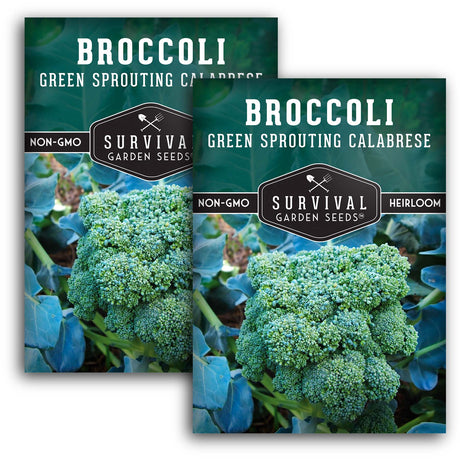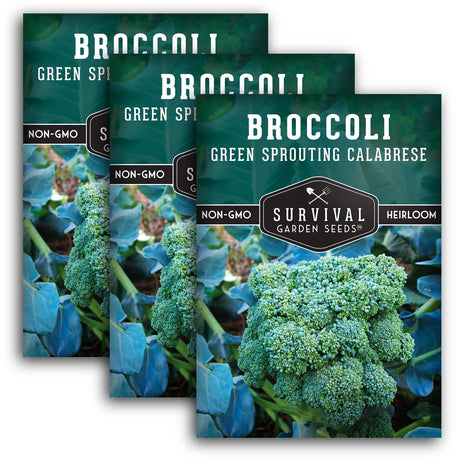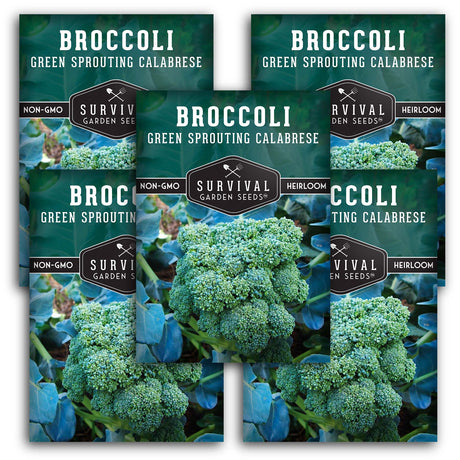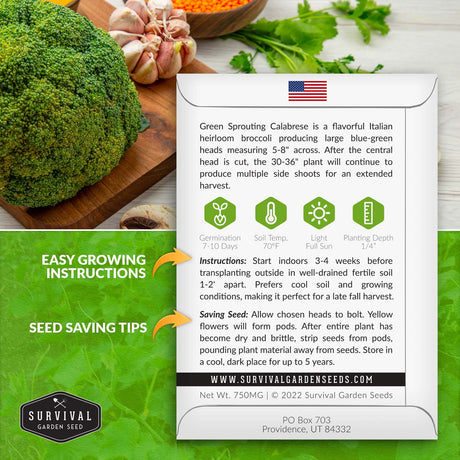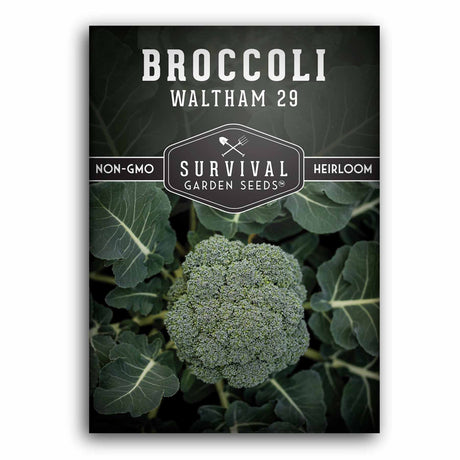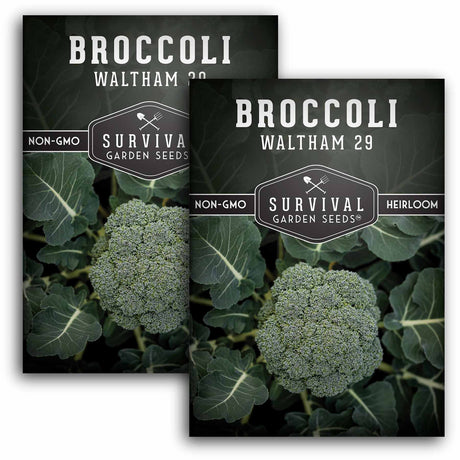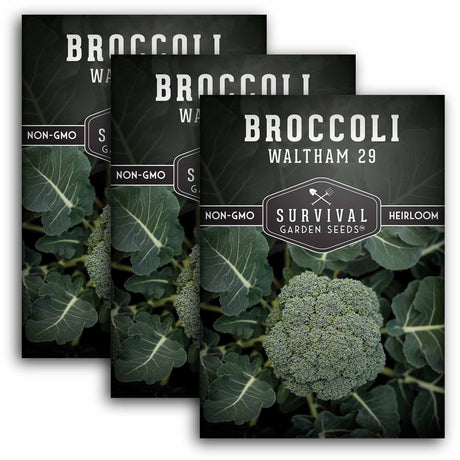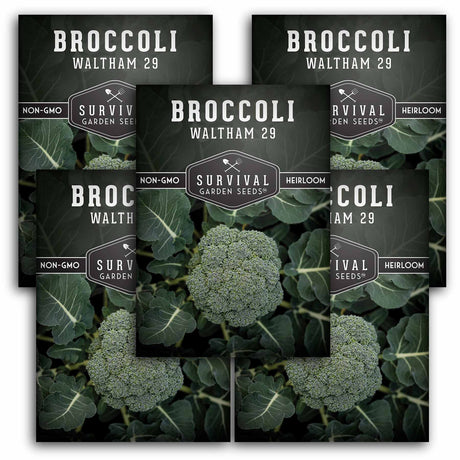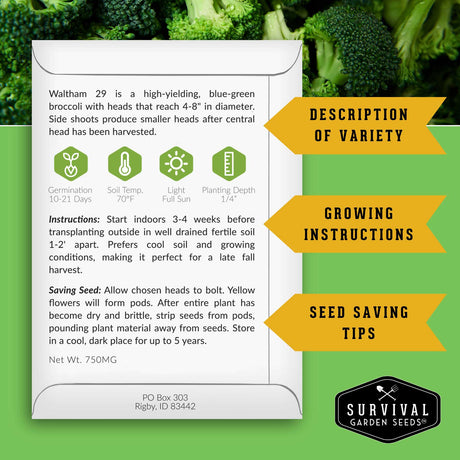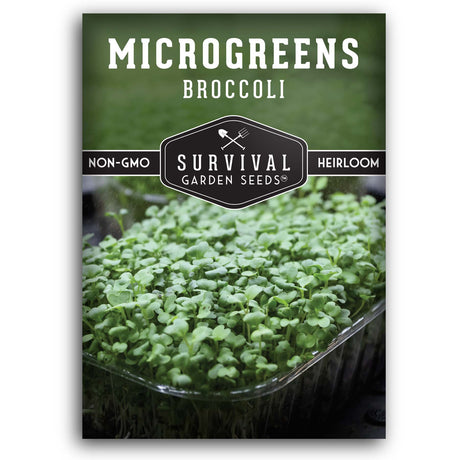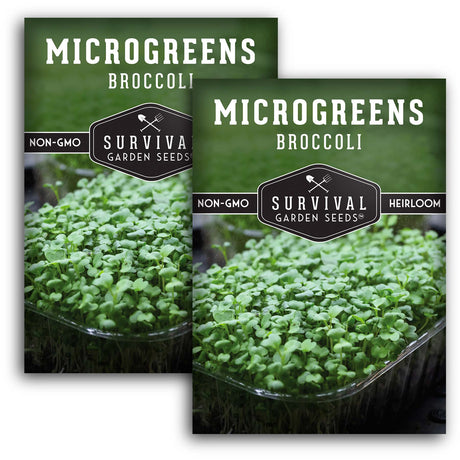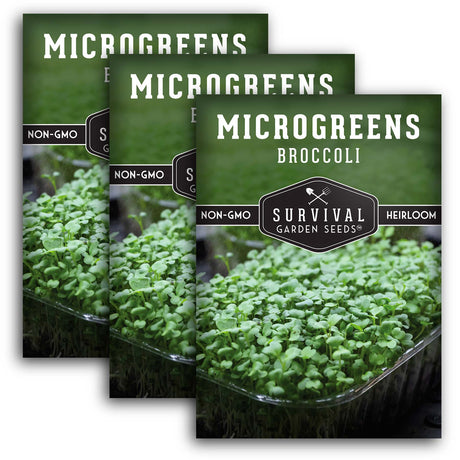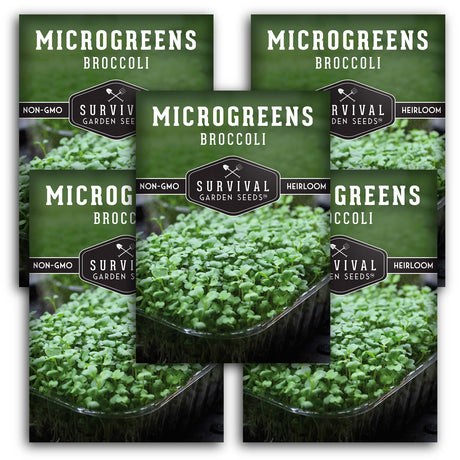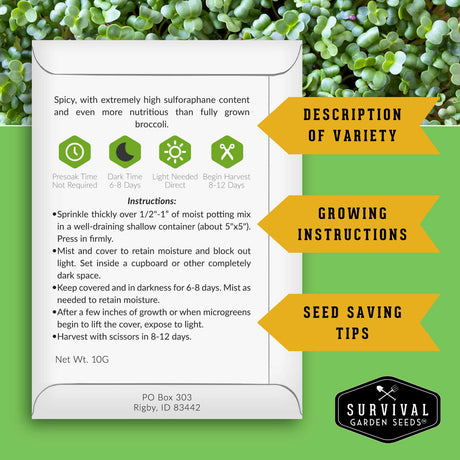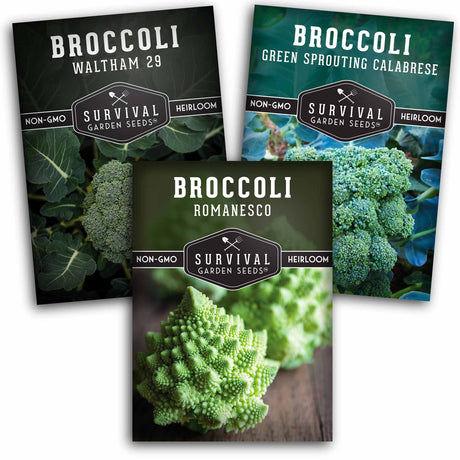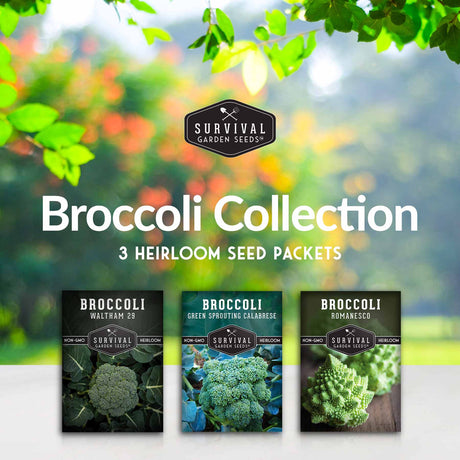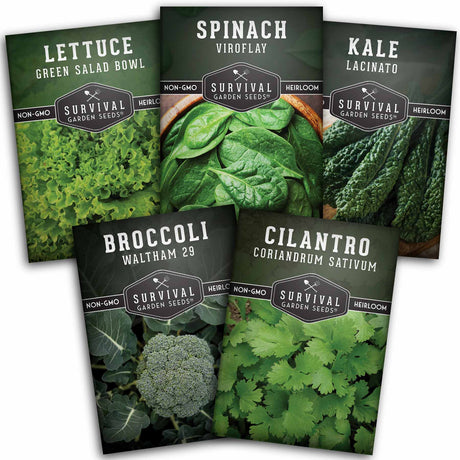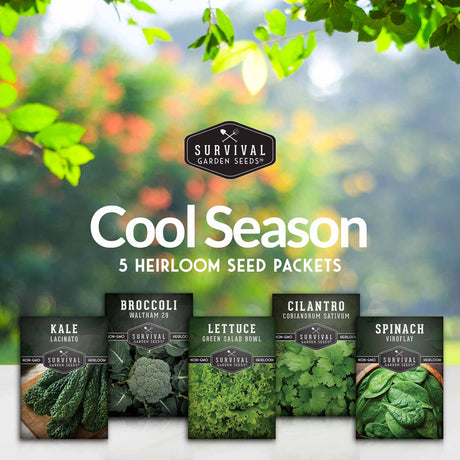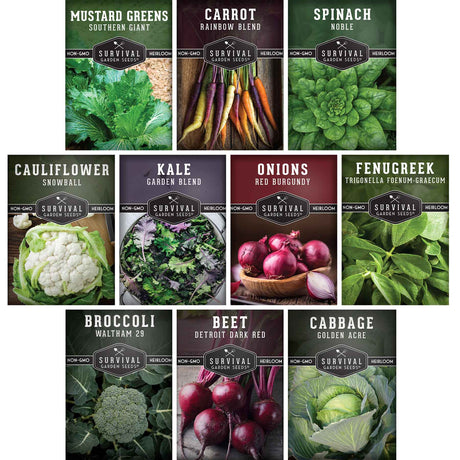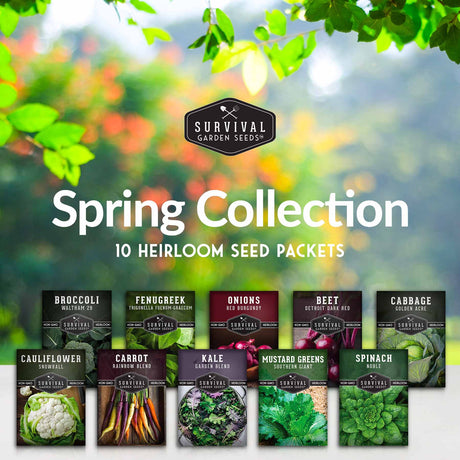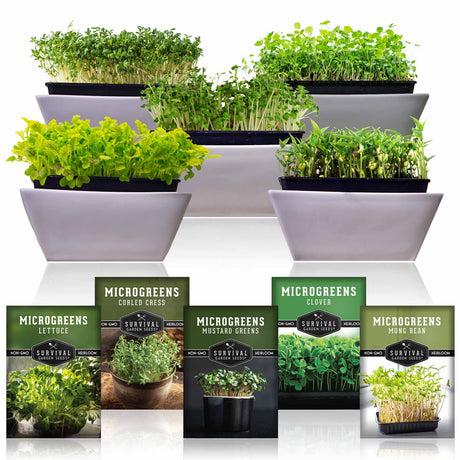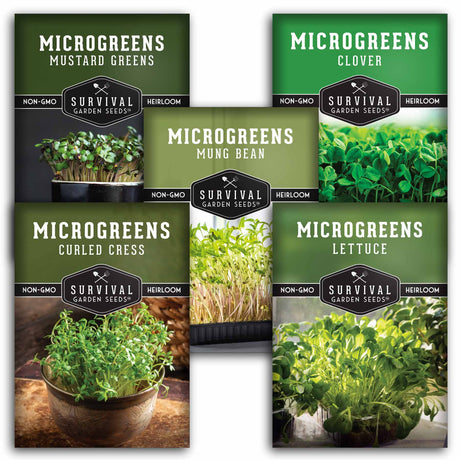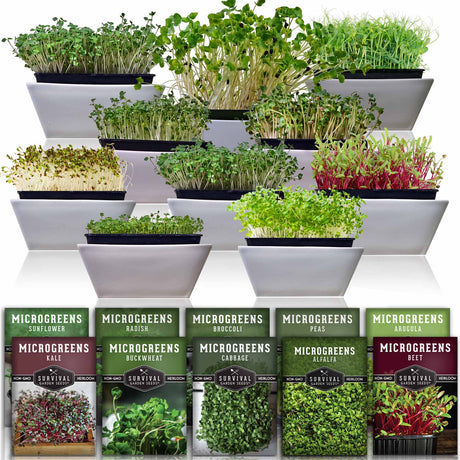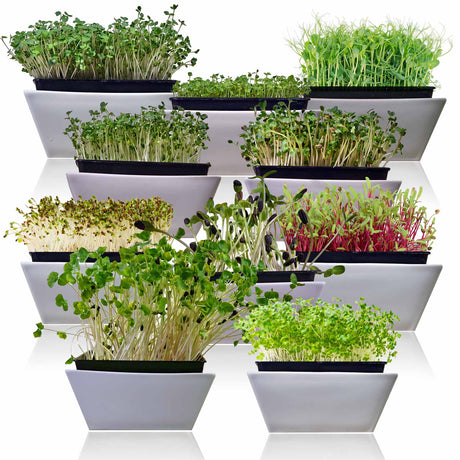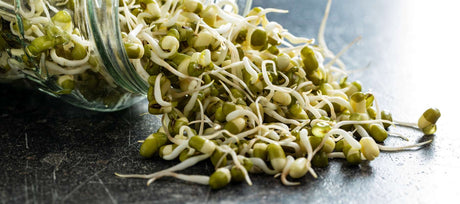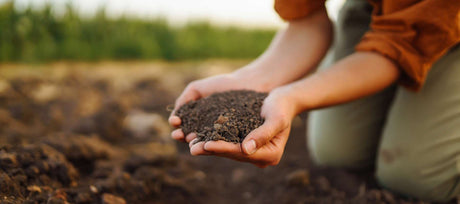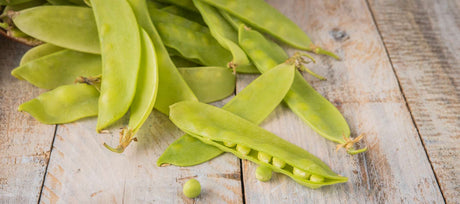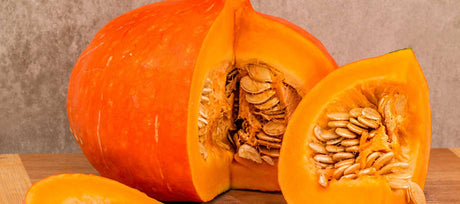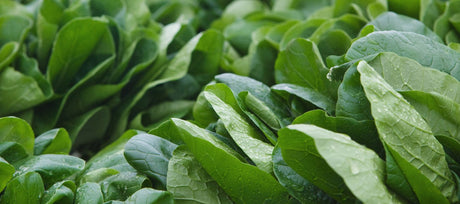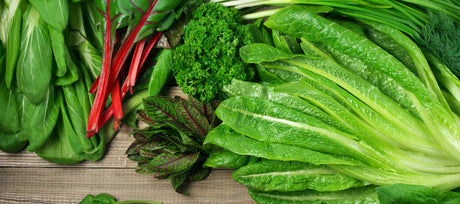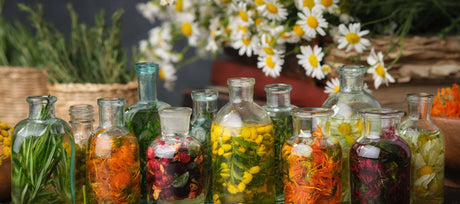Survival Garden Seeds offers a selection of high-quality seeds. These include broccoli seeds for sprouting microgreens, Calabrese, and Romanesco broccoli seeds. Our heirloom seeds are non-GMO, open-pollinated, and selected for best germination rates.
Growing Broccoli Seeds in Your Vegetable Garden
- Nutrient-rich superfoods
- Several varieties to choose from
- Heirloom, non-GMO seeds
- Extended harvesting
INTRODUCING BROCCOLI SEEDS
Broccoli, a cabbage (Brassica) family member, traces its origins to Italy. The plant is known for edible green florets and stalks which are full of vitamins, antioxidants, and fiber. Broccoli seeds are very adaptable, grown in USDA hardiness zones 2 to 11. Planting times may differ based on local weather and variety.
HOW TO PLANT BROCCOLI SEEDS
The process of planting broccoli seeds usually begins indoors, 6 to 8 weeks before the last frost. For fall harvest, sow seeds directly in the ground in July. The sowing depth is 1/4 inch. Harden off and transplant seedlings once they have 2 or 3 true leaves, and space them 18 to 24 inches apart. Broccoli benefits from consistent moisture and direct sun exposure, though it can tolerate partial shade.
MAINTAINING BROCCOLI PLANTS
Once rooted, broccoli plants need regular watering to maintain even soil moisture. This is crucial for steady growth and for florets development. Slow-releasing fertilizer at planting and mid-season can support healthy growth. Monitor plants for pests and diseases. Cabbage worms and black rot are the most common issues and should be addressed promptly. Broccoli is ready for harvest when the heads are firm and before the flowers start blooming. Pro tip: cutting the central head will stimulate the production of side shoots, extending the harvesting period.
With Survival Garden Seeds' broccoli seeds, gardeners can take advantage of the entire growing season by planting them after the previous plant harvest. When the cold starts, broccoli will keep growing, offering fresh produce long after summer ends!
